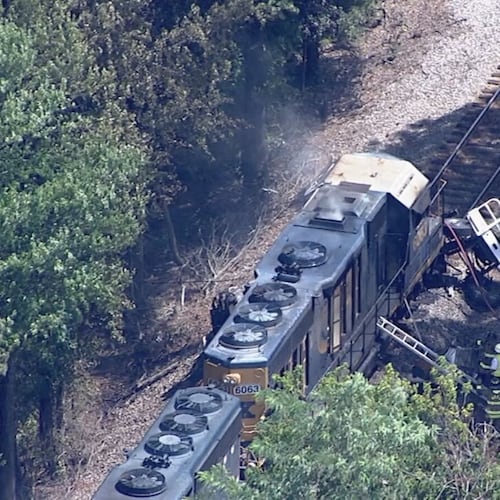Some of the most painful losses in a flood or fire are inanimate and priceless: family photos and artwork.
“It’s really crushing. It’s probably the No. 1 thing you can’t replace,” said Nan Lasher Ball, a photo restoration expert in Atlanta.
Since floodwaters ravaged hundreds of homes throughout the metro area, Lasher Ball has received desperate calls from people hoping to save their photographic heirlooms.
“There is so much to do that for a lot of people, it’s an expense they can’t afford,” said Lasher Ball of Best Photo Restoration. “But these are so important to restore. They’re more valuable than many things.”
Lasher Ball, along with fine art paper restorer Pat McGannon, of McGannon Studios in Suwanee, have these tips for what you can do at home.
Photos: Do not let photos dry in stacks as they will stick together and breed mold, Lasher Ball advises. Wearing gloves, bathe old photos in tap water, carefully avoiding running water directly onto the photos as that can damage the emulsion. Kodak Photo-Flo can be added to help clean the pictures. Gently separate them while wet and use a soft art brush to remove large debris. Remove from the bath and flatten the photo with a piece of glass or the back of a Teflon pan. Be sure the photo is facing image-side down onto the flat surface, and then use a squeegee-type sponge across the back, from the center to the edge, to remove additional moisture. Finally, hang the photos to dry from a string with vinyl-coated paper clips or clothes pins.
After the photos dry, consider scanning them immediately to save the image on disc, says Lasher Ball. Save them at 300 dpi, or dots-per-inch, so that it captures the highest resolution.
Assess the original image to consider whether it should be taken to a restoration expert.
Quick tip: If you cannot bathe photos immediately, freeze them until a later time. More tips can be found at her Web site, www.bestphotorestoration.com.
Fine art on paper: McGannon says the most important thing to do is allow the paper to dry before dealing with repair and conservation.
If an important document, such as birth certificate, diploma, military papers or marriage license is framed and behind glass, immediately remove from the frame so that it does not begin to mold, one of the tougher stains to remove.
Separate the papers while drying. Do not brush or rub the piece to remove stains or mud as that can grind the particles further into the paper, he advises.
Many forms of damage, including water stains, mud, smoke and tearing from folds can be repaired or stabilized.
“What people might normally consider a loss... oftentimes is not,” he said. “[But] I try not to over-promise.”
Find additional tips at the Georgia State Archives.
About the Author
The Latest
Featured
